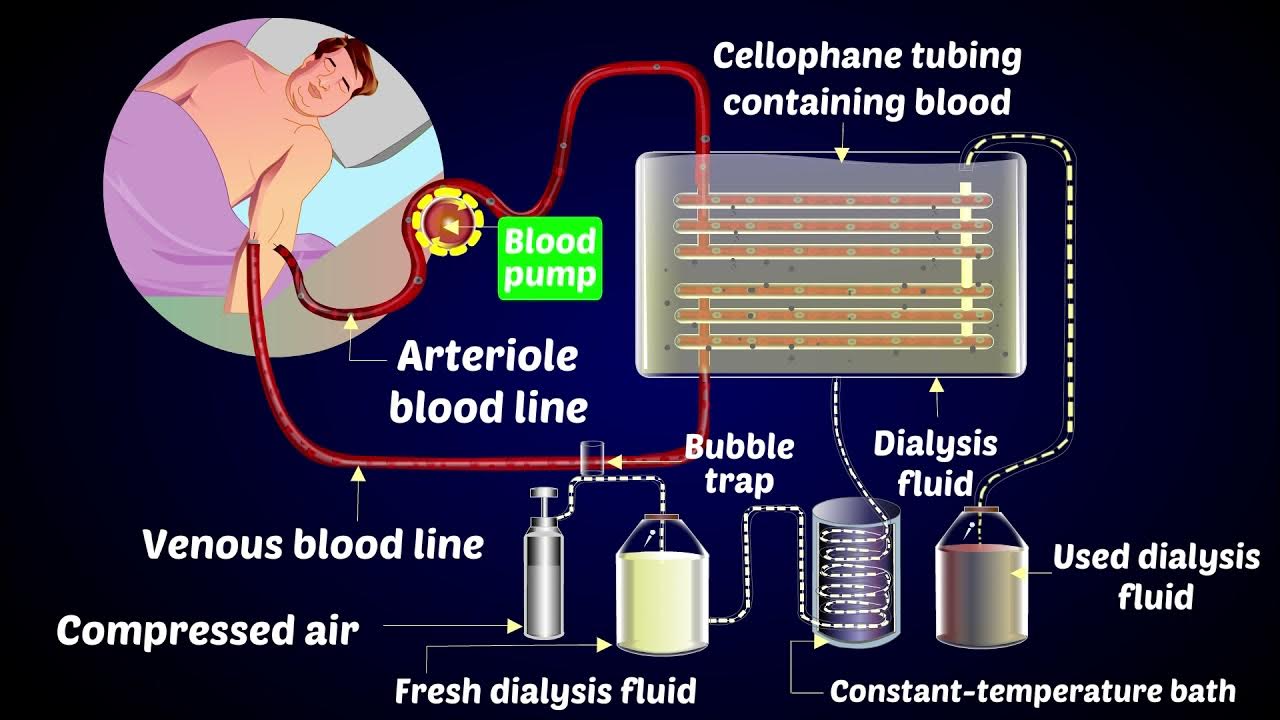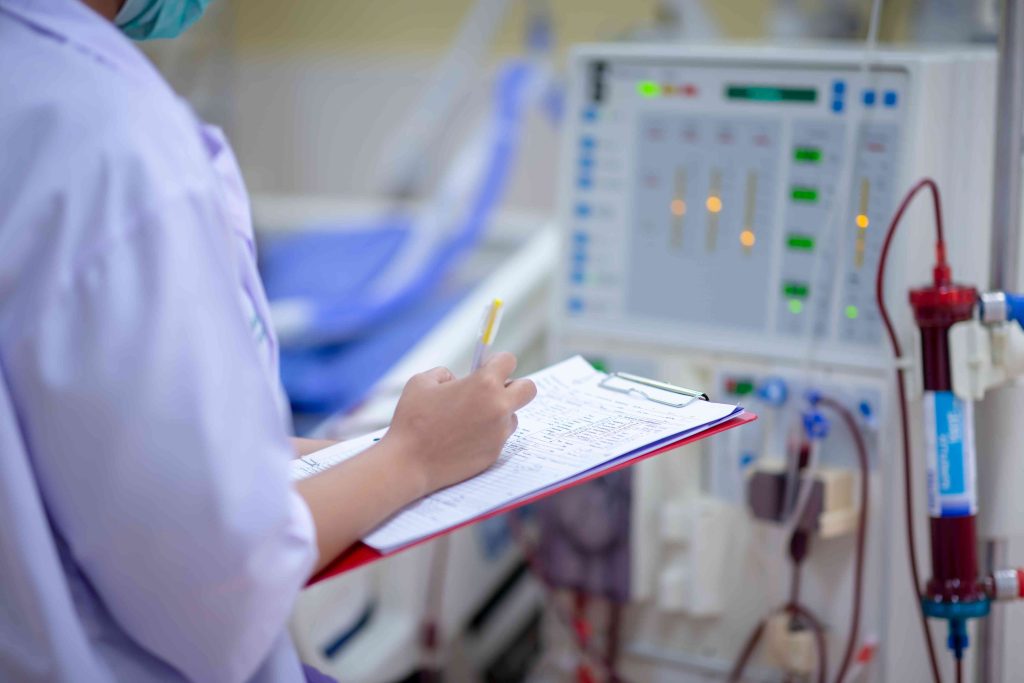Should I reuse my dialyser or go for a new dialyser every time?
Infections in hemodialysis patients are one of the most common reasons for repeated hospital admissions, significantly reducing their overall longevity. These infections place dialysis patients under severe mental, physical, and financial stress. Dialysis patients often face substantial financial burdens, and when infections arise, these costs are compounded due to frequent hospitalizations and the need for intensive treatment. Preventing infections is critical to improving patient outcomes and reducing hospital readmissions.
Dialysis patients are at a high risk of infection because their immune systems are compromised due to their underlying kidney disease and the invasive nature of the treatment. The two primary sources of infection in hemodialysis are vascular access sites, such as central venous catheters (CVCs) and arteriovenous (AV) fistulas or grafts. Microorganisms can enter the bloodstream through these access points, leading to life-threatening conditions like sepsis or endocarditis.
Infections caused by bacteria, especially in hemodialysis, are a major concern. CVCs present the highest risk because they directly enter central veins, providing a pathway for bacteria or fungi. Common pathogens include Staphylococcus aureus and Gram-negative bacilli, which can result in severe complications. Biofilm formation on catheters is particularly problematic because it creates colonies of bacteria that are resistant to antibiotics and immune system responses. Once established, biofilms are difficult to remove without catheter removal, leading to chronic or recurrent infections.
In addition to bacterial infections, viral infections are also prevalent in dialysis patients. Bloodborne viruses such as hepatitis B (HBV), hepatitis C (HCV), and HIV pose significant risks, especially in hemodialysis units where infection control may be inadequate. Hepatitis C is a notable concern because the virus can persist on surfaces and equipment. Vaccination for HBV, strict infection control protocols, regular screening, and isolating infected patients are essential strategies to minimize the risk of viral infections.
Preventing infections is essential to reducing hospital admissions in dialysis patients. Most American and European centers use dialyzers only once to prevent infection and avoid storage challenges. However, in many centers in India, dialyzers are reused to reduce costs, which can increase infection risk if sterility is compromised. Some facilities address this by opting for new dialyzers for each session.
To reduce infection risk, maintaining sterile technique during catheter insertion and management is critical. Antimicrobial-impregnated catheters and prophylactic antibiotics can also help in preventing infections. Advances in infection control, such as dedicated machines for infected patients and disposable equipment, have mitigated some risks. However, continuous vigilance and adherence to strict protocols are necessary to protect dialysis patients from life-threatening infections and repeated hospital admissions.

